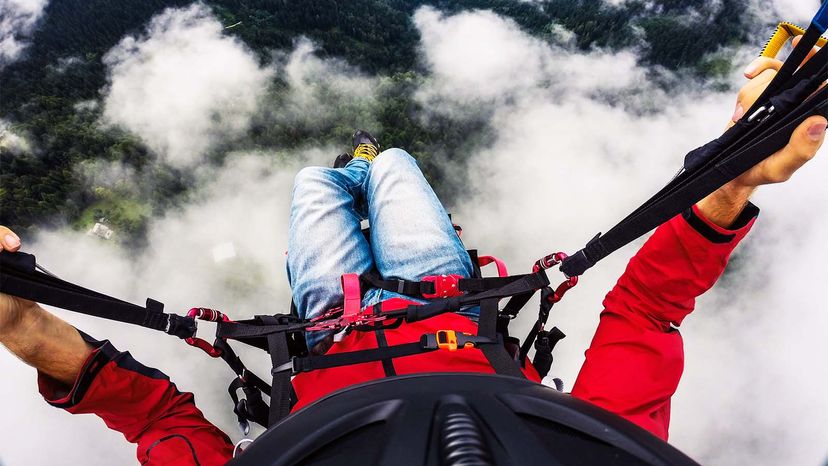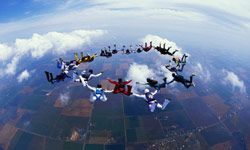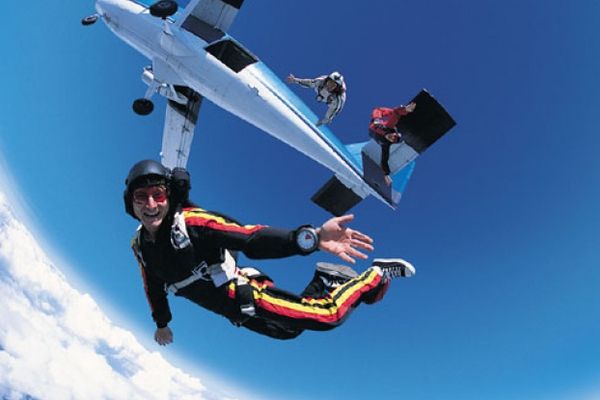
It's a nightmare situation. Picture yourself more than a half a mile above the Earth, hurtling toward the ground at the thunderous speed of a roller coaster — think around 120 miles per hour (193 kilometers per hour). You pull the ripcord on your parachute, but something's wrong. The chute doesn't open. What do you do?
Don't panic, says Ron Bell of the United States Parachute Association (USPA). Most parachute malfunctions are not death sentences. Or at least, they don't have to be. But why — and how — do failures happen? And most importantly, what can you do if a parachute malfunction happens to you?
Advertisement
But let's start with the basics. What are the odds of your parachute even glitching in the first place?


